- Mysterious Virtuosity -
Created in the first year of Bartolozzi's life in London, the sheet illustrates the artist's celebrated virtuosity. This virtuosity led to Bartolozzi's call to London and his appointment as "Engraver to the King." Here, Bartolozzi combines a free-flowing linear design with partial stippling, giving the print an unprecedented graphic-painterly effect. This effect corresponds to the emerging appreciation of drawing as a direct form of artistic expression at that time. As impressive as the scene is, it remains enigmatic. The four young women are clearly discussing matters of love with the Cupid boy. However, the undefined nature of the scene allows the viewer to complete the picture in their imagination.
About the artist
The son of goldsmith Gaetano Bartolozzi, young Francesco received his first artistic training from his father. He then attended the Academy of Fine Arts in Florence, studied antiquities in Rome, and joined Joseph Wagner's studio in Venice in 1745. Bartolozzi produced numerous engravings based on drawings by Venetian artists for Wagner's art publishing house. These engravings were popular due to their high quality. After engraving drawings by Guercino for George III's librarian, Richard Dalton, Dalton invited Bartolozzi to London in 1764. Bartolozzi lived there for the rest of his life. Bartolozzi was admitted to the Society of Artists, appointed engraver to the king, and elected to the newly founded Royal Academy of Art in 1769. While in London, Bartolozzi acquired the newly discovered crayon technique, which made it possible to translate chalk and charcoal drawings into prints by dotting. This technique became known in England as the "red chalk manner." Bartolozzi further developed this technique by using stippling to create surface effects instead of line-oriented designs, known as "stippled work." He was able to translate painterly and graphic effects into prints with great virtuosity, making Bartolozzi the most popular and sought-after reproduction engraver of his time. Angelika Kauffmann, for example, who also worked in London, had her works engraved by Bartolozzi. In 1802, at the age of 75, Bartolozzi accepted a position as director of the Academy of Fine Arts in Lisbon, where he worked until his death.



















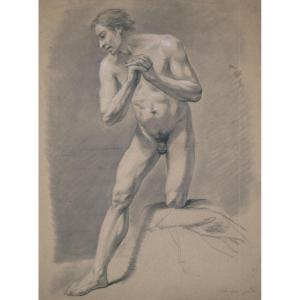

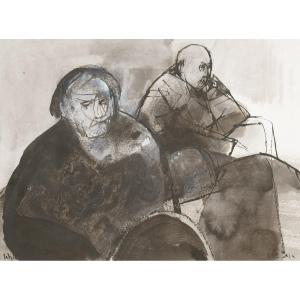





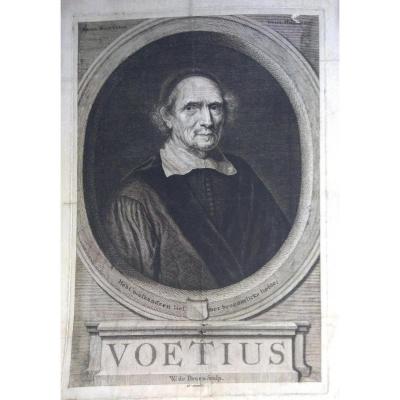
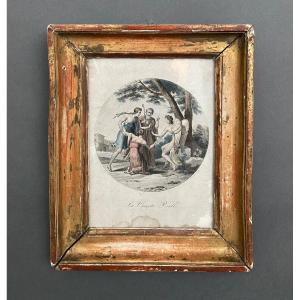
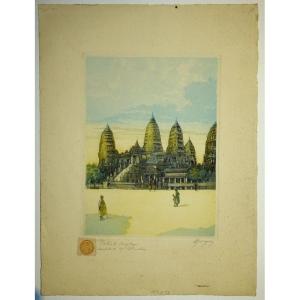
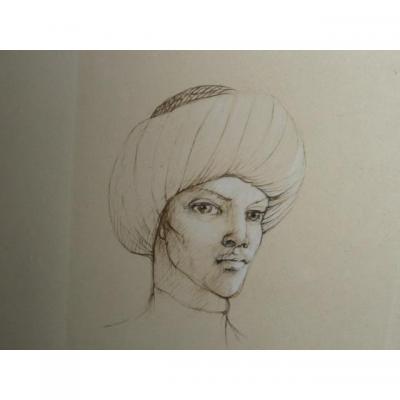



 Le Magazine de PROANTIC
Le Magazine de PROANTIC TRÉSORS Magazine
TRÉSORS Magazine Rivista Artiquariato
Rivista Artiquariato